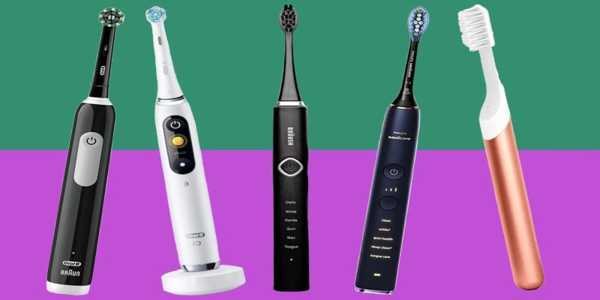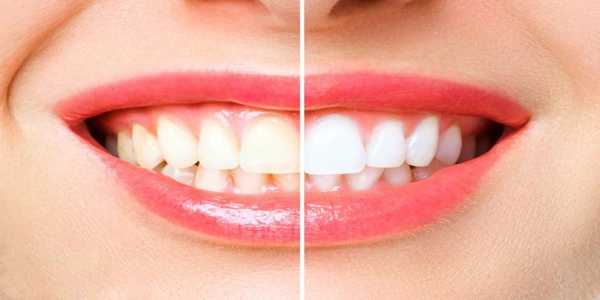How Much Does Invisalign Cost? Here’s What To Expect 2025
Invisalign is a clear aligner orthodontic treatment for teens and adults. The cost of Invisalign in 2025 varies based on factors such as case severity, treatment duration, provider expertise, and location. Understanding these factors helps users answer questions like “how much does Invisalign cost?” and make informed decisions about this modern dental solution.
The Invisalign Treatment Process
The Invisalign journey begins with a consultation, where orthodontists assess dental needs and use 3D imaging to create a personalised treatment plan. Customised aligners are then developed to fit the patient's mouth precisely, with each set gradually shifting teeth into alignment. Patients typically switch aligners every one to two weeks.
Unlike traditional braces, Invisalign aligners are nearly invisible and more comfortable, avoiding irritation from metal brackets. Innovations like 3D scanning and printing enhance customisation and speed up production, improving treatment efficiency and patient experience. Invisalign offers a modern, flexible solution focused on comfort and results.

Average Costs Of Invisalign In 2025
As the popularity of teeth straightening solutions rises, more individuals are seeking out Invisalign, which is noted for its comfort and aesthetic advantages. Projections for 2025 indicate that the average cost of Invisalign treatment will range from $3,000 to $8,000, influenced by several factors. Understanding the various components of this financial commitment is crucial for potential patients to effectively manage their options.
Initial Consultations And Aligners
The first step in an Invisalign journey generally involves an initial consultation, which typically costs between $100 to $300. During this visit, orthodontists assess the patient's specific dental needs. Following this assessment, the expense of the aligners constitutes a significant portion of the overall cost. On average, the primary treatment phase costs between $2,500 to $6,000, depending on the complexity of each case. The price is affected by the total number of aligners needed and the length of the treatment, which usually lasts between 12 to 18 months.
Retainers And Ongoing Care
Upon finishing treatment, patients will likely need to acquire retainers to retain their results, which may incur additional expenses ranging from $200 to $600. Often, orthodontists offer these retainers at a reduced price for patients who proceed with a comprehensive treatment plan.
Geographic Variations In Pricing
Geographical location also plays a significant role in pricing disparities. Urban areas typically experience higher living expenses and a greater demand for orthodontic services, leading to increased prices. For instance, in metropolitan areas, Invisalign treatment may range from $4,000 to $8,000, while in rural regions, the costs are often lower, typically between $2,500 and $5,000. Patients outside of major urban centres might find more budget-friendly options with equally qualified providers.
Insurance Coverage And Payment Plans
Insurance coverage is crucial in determining the out-of-pocket expenses for Invisalign. Many dental insurance plans will subsidize part of the treatment cost, often up to $2,000. However, patients should consult their insurance providers for specific details regarding their coverage. Furthermore, numerous orthodontists provide flexible payment plans that enable patients to make manageable monthly payments, alleviating the financial burden and rendering Invisalign more accessible to a broader audience.
Trends In Pricing
When analyzed about prior years, the costs associated with Invisalign have generally increased, primarily due to technological and manufacturing advancements that enhance treatment effectiveness and efficiency. However, this upward trend is mitigated by improved insurance coverage and competitive pricing strategies from orthodontists. Overall, as we progress through 2025, gaining insight into the intricate pricing structure of Invisalign will empower patients to make informed decisions concerning their orthodontic treatment options.
Factors Influencing Invisalign Costs
In 2025, Invisalign costs will largely depend on case complexity and treatment duration. Severe misalignment or bite issues typically require more aligners and increased monitoring, resulting in higher expenses. Longer treatment timelines—ranging from months to years—also raise costs due to the higher volume of aligners and office visits.
Orthodontist expertise further influences pricing, as highly experienced professionals may charge more for their services. Additional costs may arise from follow-up visits, adjustments, and fittings not included in the initial quote. Clear communication with providers helps patients understand the full scope of costs and better manage their investment.
Comparing Invisalign To Similar Products
Comparing Invisalign with traditional braces and other clear aligners in the orthodontic market is crucial when exploring treatment options. Each alternative possesses distinct advantages and disadvantages tailored to varying preferences and needs.
Invisalign Vs. Traditional Braces
Pros of Invisalign:
Aesthetic Appeal: The clear aligners are nearly invisible, making them an attractive option for teens and adults mindful of their appearance.
Comfort: The smooth plastic material of Invisalign aligners does not cause gum and cheek irritation, unlike traditional metal braces.
Removable: Aligners can be taken out while eating, brushing, or flossing, facilitating improved oral hygiene.
Cons of Invisalign:
Compliance Required: Treatment success hinges on patient compliance with wearing aligners for 20-22 hours daily.
Limited Use for Complex Cases: For more severe orthodontic problems, Invisalign may not be suitable and requires use under the guidance of a certified provider to achieve optimal results.
Pros of Traditional Braces:
Effectiveness for Complex Issues: Metal braces are often more efficient for addressing persistent orthodontic challenges that aligners may struggle with.
No Compliance Risks: Patients do not have to remember to wear or remove anything throughout the day.
Cons of Traditional Braces:
Visibility: The metal brackets and wires are visible and can affect an individual's self-confidence.
Discomfort During Adjustments: The process of fitting and adjusting traditional braces can lead to soreness or irritation.
Clear Aligners: A Broader Perspective
Alternatives like SmileDirectClub and Candid provide clear aligner options similar to Invisalign. Generally, these alternatives are more affordable, with prices typically ranging from $1,950 to $2,500. In contrast, Invisalign's average treatment cost can range from $3,000 to $8,000, depending on the treatment complexity. However, these alternative options often deliver less personalized care, with many offering remote monitoring instead of in-person oversight.
In conclusion, while Invisalign presents a comprehensive solution with aesthetic and comfort-focused benefits, traditional braces remain superior for addressing complex orthodontic issues. Compared to other clear aligners, they may reduce costs, but they can also sacrifice individualized attention and effectiveness for certain dental conditions.

FAQs About Invisalign Costs
Invisalign treatment typically ranges from $3,000 to $8,000, with costs influenced by the individual complexity of each dental case and geographic location. Many orthodontists offer flexible payment options, including monthly instalment plans, which help make treatments more accessible. Additionally, some dental insurance policies may provide coverage for Invisalign, thereby reducing out-of-pocket expenses. Factors such as choosing to initiate therapy at various times—like the back-to-school season—may also encompass promotional offers or discounts. Patients are encouraged to discuss with their providers the most suitable payment methods and timing for their treatment.
Empowering Your Decision
As we move into 2025, it's essential to understand that Invisalign costs will vary widely based on treatment needs and location. Readers are encouraged to reflect on their orthodontic requirements and seek professional advice for tailored estimates that suit their unique situations. Making an informed and thoughtful decision is vital for achieving optimal orthodontic results.





